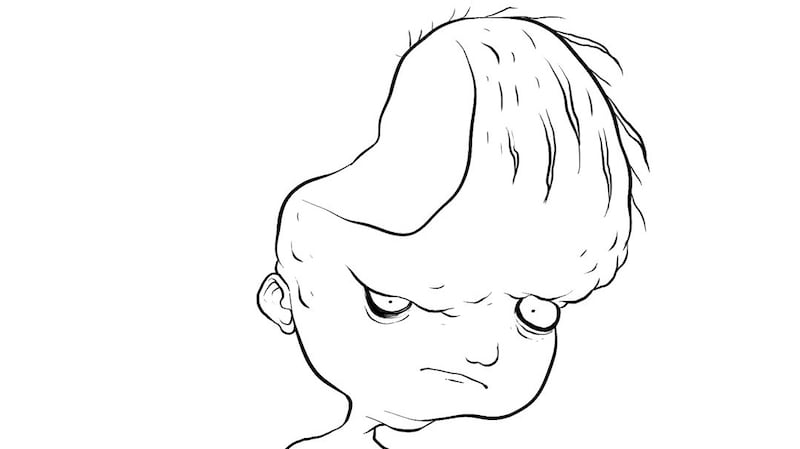Since the inception of Twitter, the microblogging platform has mainly been used for instantaneous coverage of current events and pithy commentary that relies on punch ahead of depth. That’s not to say more expansive uses for the format haven’t been deployed, but up until recently, its potential for deep, longform narrative writing hasn’t been its killer selling point. In the past week, however, a particularly ingenious ghost story has shown some of what Twitter could be capable of as a storytelling media.
It all began when Adam Ellis began telling the story of Dear David, a stirring and occasionally heart-stopping tale, in a series of tweeted plotpoints spanning the past three weeks. Like all gripping yarns, it's best read in its uncut form – with some judiciously selected mood lighting perhaps – but for the unitiated, a précis runs as follows.
Ellis awakes one morning to tweet a description of a recurring dream he’s been having featuring “the ghost of a dead child”. An able cartoonist, he provides a picture of said infant wraith, an angry looking tyke sporting a rather gigantic dent in his head. He is then visited by another person in his dreams, who makes it known that this antagonist is a ghost known as Dear David, who only appears at midnight and is so-called because all questions to him must be addressed “Dear David”.

All of this is on the strictest proviso that – and at this juncture you can just about hear the straining of necks around the campfire – you must only ever ask him two questions. Should you ask three, it is surmised, your death shall be at his hands. Unfortunately, when Ellis gets a chance to interrogate his oneiric interloper, he inadvertently asks him a third question without reply. Has he now been marked for death? Well, at this juncture, things start to get a whole lot more interesting.
Rather than continuing with the same textual format for his nifty little night terror, Ellis mixes things up, focusing on the effects that Dear David appears to be having on his environment. Ellis’s cats are filmed staring at his door with creepy fascination; he takes Polaroids of the doorframe, which refuse to develop; he records weird bumps in the night as a particularly spirited green chair appears to move by itself; and he displays a bizarre litany of missed calls to which he has been subjected.
Ellis's slowburn pacing and disarmingly matter-of-fact execution are redolent of Stephen King
Dripping with queasy chills and framed with artful restraint, Ellis’s cataloguing of his mental state is nimble stuff, and even incorporates interactive elements as he takes on board his readers’ suggestions: burning sage, spreading salt, and taking ever more photos, as he attempts to cleanse his home of its unclean spirit.
Dear David is not exactly a gut-rending new benchmark in modern horror but, in a month in which audiences clamour to see It's big-screen return, Ellis's slowburn pacing and disarmingly matter-of-fact execution are redolent of Stephen King's own knack for unleashing all the dark dread one might find within the domestic, whether a funfair clown peaking out of a suburban storm drain, or the slight, subtle rocking of that damned green chair Adam seems intent on leaving in his home like a bloody lunatic.
The series is still ongoing and resolutely unresolved – having begun on August 7th, he hasn’t made an update since August 29th – but one feels Ellis’ self-mocking Twitter handle @moby_dickhead hides a real flair for longform story-craft. With Dear David, he may not be constructing the great American novel, but this distinctly diverting micro-novella shows some familiar old thrills may yet find a new home on Twitter.
If you're reading this on the Irish Times app click here to read the tweets












